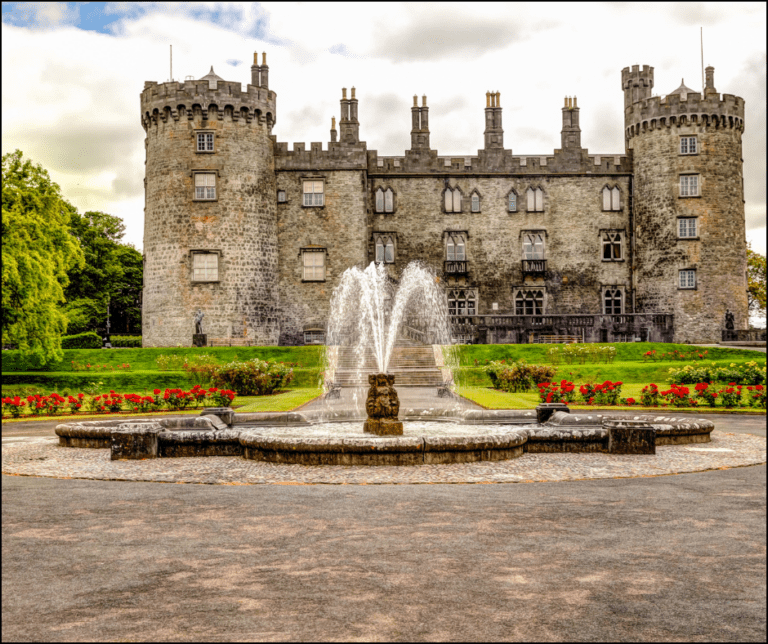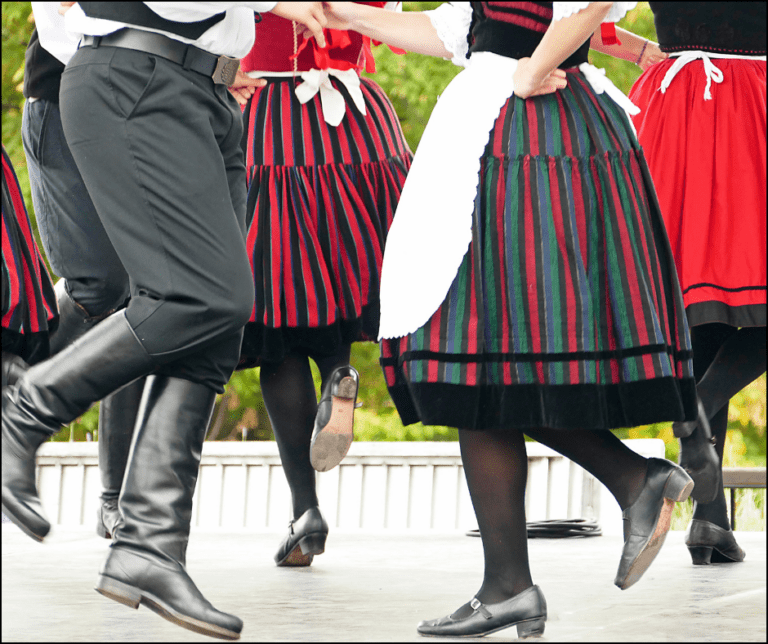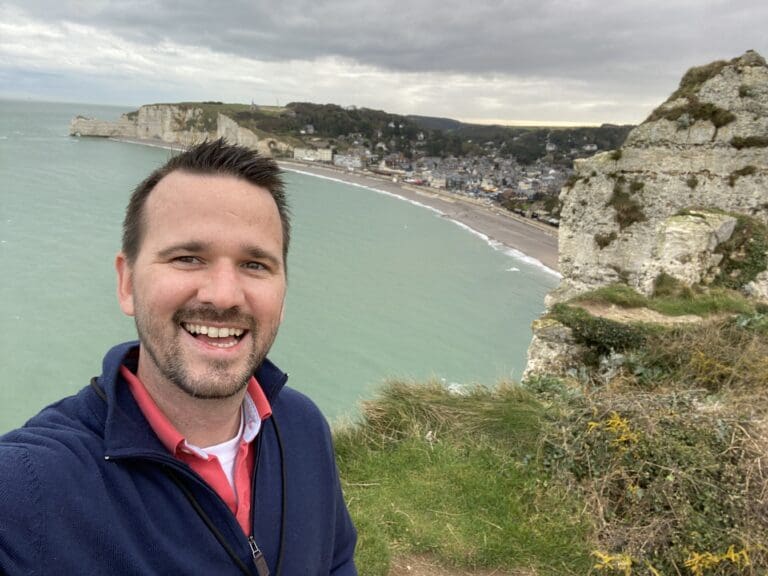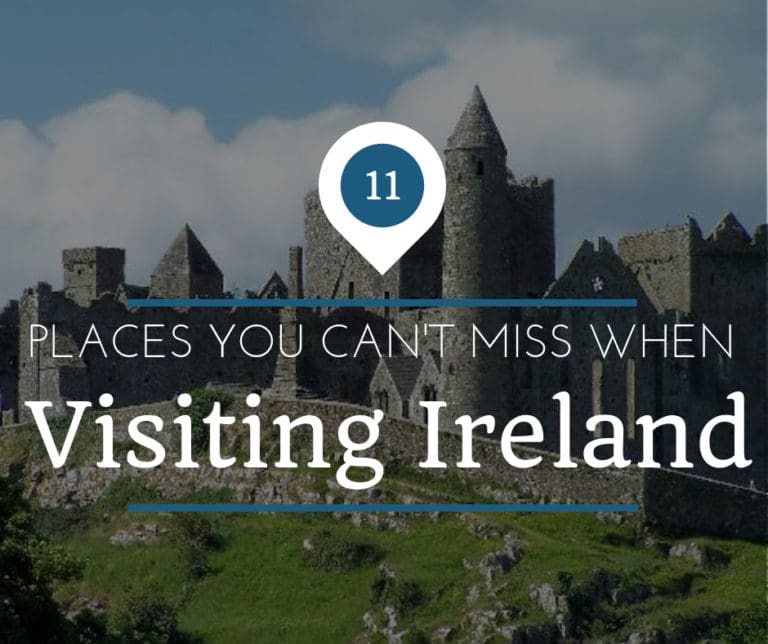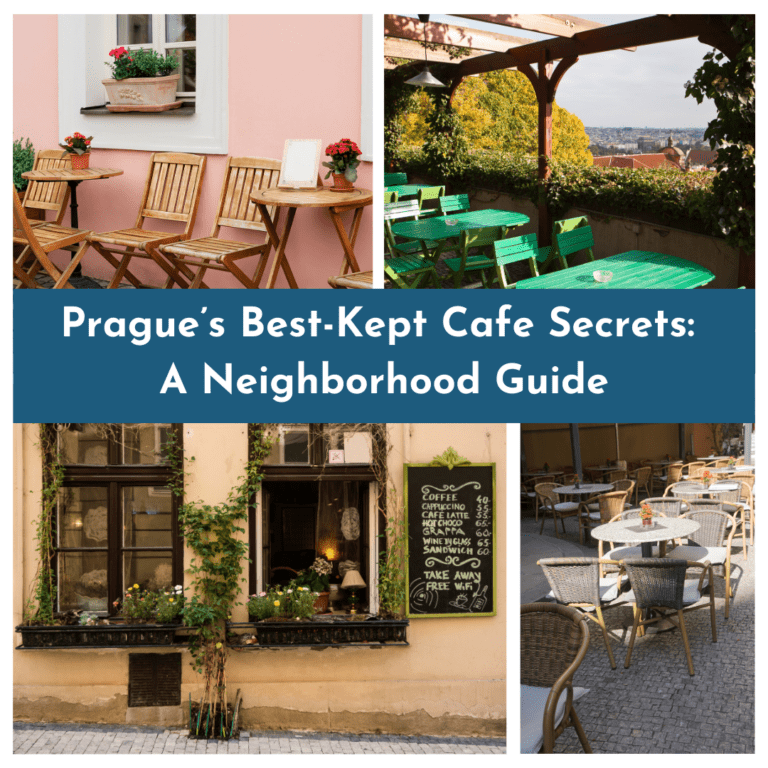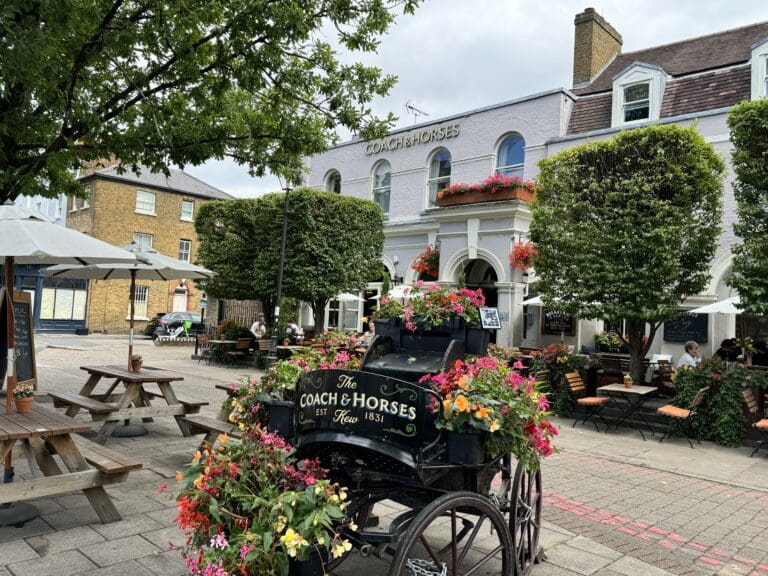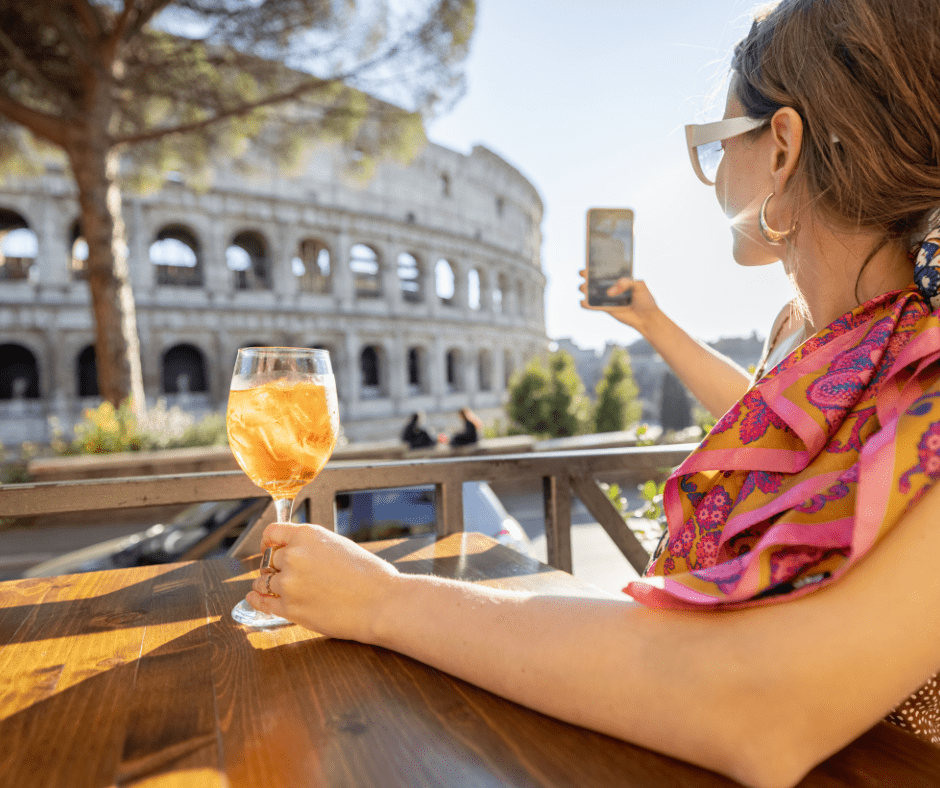
In an age where fast-paced living often spills over into our vacations, a new trend is gaining momentum: slow travel. Unlike traditional tourism, which typically involves cramming as many sights and activities into a short period, slow travel encourages a more relaxed, immersive experience.
It’s about truly getting to know a destination—savoring the culture, engaging with locals, and taking time to appreciate the finer details of your journey. As travelers seek more meaningful experiences, slow travel is becoming the preferred way to explore Europe.
What is Slow Travel?
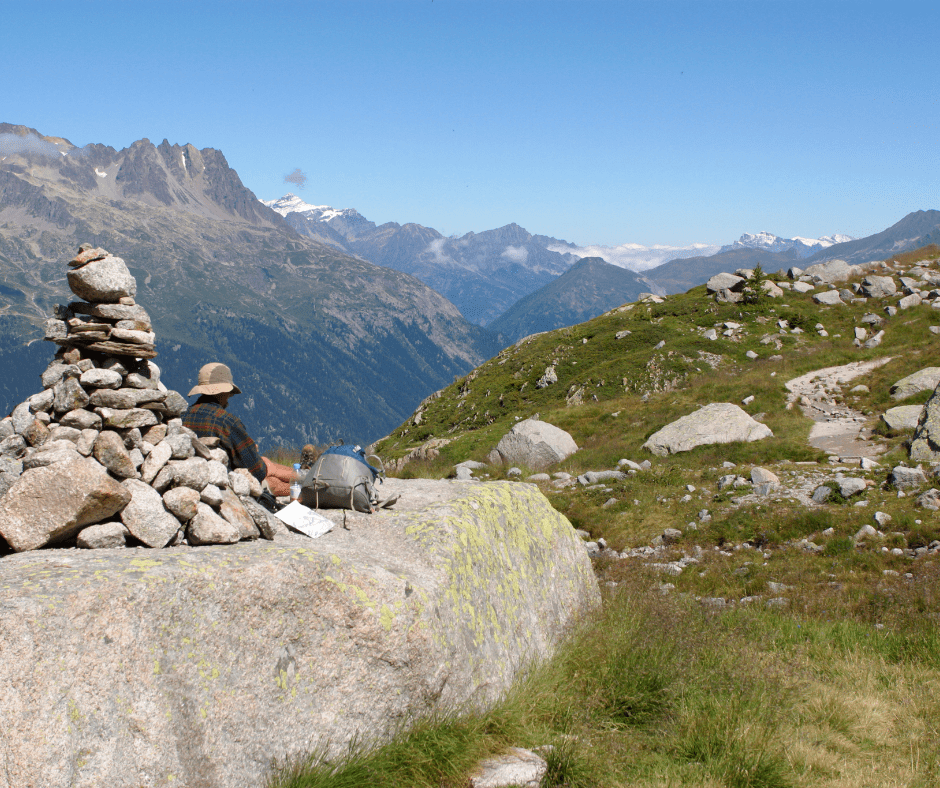
Slow travel is more than just a trend; it’s a philosophy that prioritizes quality over quantity. Instead of rushing from one landmark to another, slow travelers focus on deepening their connection with a place.
This might mean spending a week in a small village, frequenting the same local café, or exploring less touristy areas at a leisurely pace. The idea is to experience a destination more like a resident than a visitor, fostering a deeper understanding of its culture and way of life.
Top Slow Travel Destinations in Europe
Europe offers countless opportunities for slow travel, with destinations that naturally lend themselves to this unhurried approach. Here are a few of the top spots to consider:
Provence, France
 Known for its picturesque villages, lavender fields, and local markets, Provence epitomizes slow travel. Spend your days wandering through vineyards, sampling local wines, and enjoying leisurely meals at family-run bistros
Known for its picturesque villages, lavender fields, and local markets, Provence epitomizes slow travel. Spend your days wandering through vineyards, sampling local wines, and enjoying leisurely meals at family-run bistros
Tuscany, Italy 
With its rolling hills, charming towns, and rich history, Tuscany invites you to take it slow. Rent a villa, explore the countryside by bike, and immerse yourself in the local art and cuisine.
The Scottish Highlands 
The rugged beauty of the Highlands is best appreciated at a slower pace. Take time to hike the scenic trails, visit ancient castles, and engage with the warm hospitality of the local communities.
Alentejo, Portugal
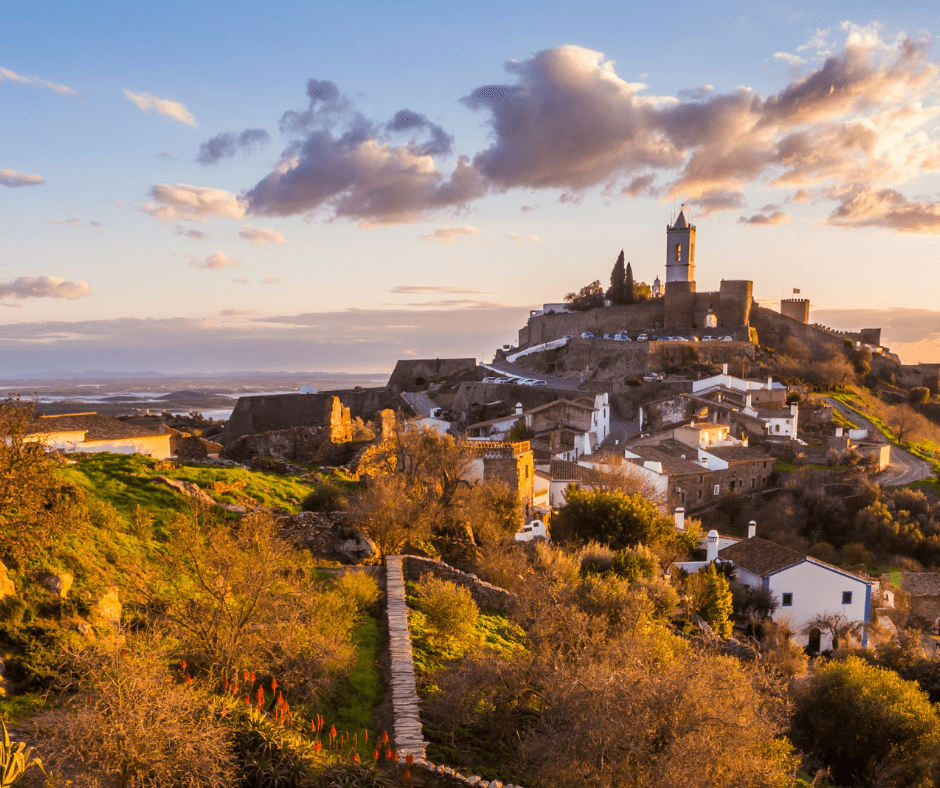 This lesser-known region of Portugal is a haven for slow travelers. With its sleepy towns, vast plains, and traditional ways of life, Alentejo encourages visitors to relax and unwind.
This lesser-known region of Portugal is a haven for slow travelers. With its sleepy towns, vast plains, and traditional ways of life, Alentejo encourages visitors to relax and unwind.
Experiences to Embrace
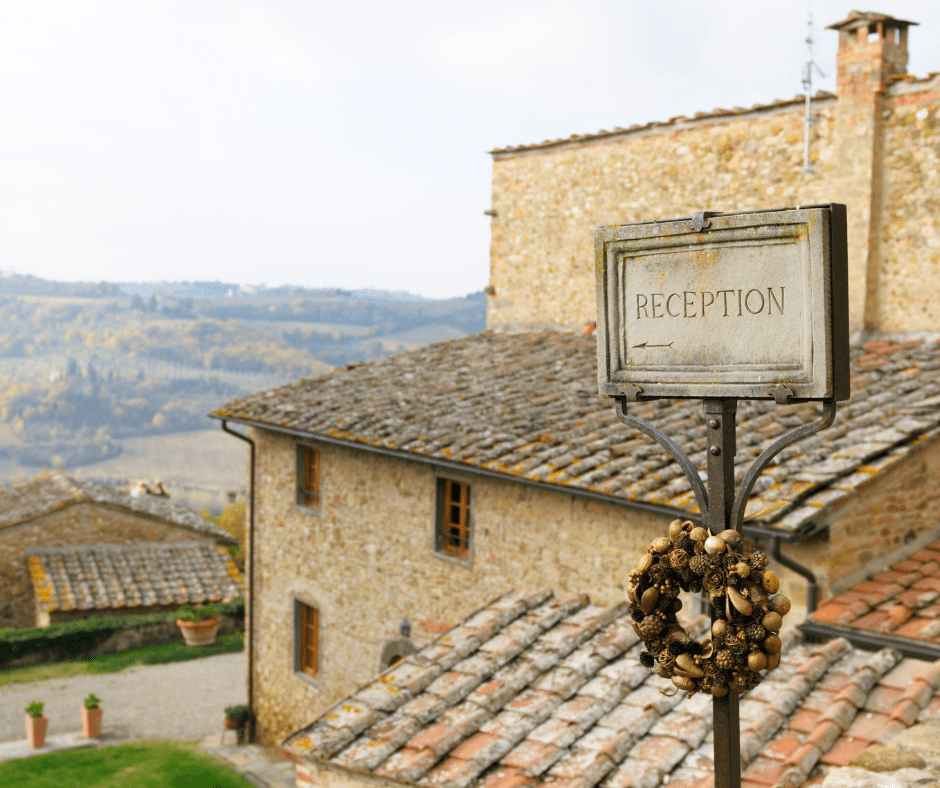
One of the greatest joys of slow travel is the chance to engage in authentic local experiences. Instead of rushing through must-see attractions, slow travelers can participate in activities that offer a deeper connection to the destination:
- Stay in Family-Owned Accommodations: Opt for small guesthouses, bed and breakfasts, or farm stays where you can interact with local hosts and learn about their way of life.
- Participate in Local Events: From village festivals to traditional crafts workshops, joining local events is a great way to experience the culture firsthand.
- Savor the Local Cuisine: Spend time in local markets, attend cooking classes, and dine at eateries frequented by residents. Learning to prepare a regional dish or sampling street food provides insight into the area’s culinary heritage.

Planning a Trip to Europe?
We can help create your perfect itinerary!
- Worried you'll miss the hidden gems?
- How long should you stay in each place?
- Should you rent a car, train it, or both?
Transportation Tips for Slow Travelers
Transportation plays a significant role in slow travel. To fully embrace this approach, consider these tips:
- Travel by Train: Europe’s extensive rail network makes it easy to travel between cities and regions at a relaxed pace. Train travel allows you to enjoy scenic routes and avoid the stress of airports.
- Explore by Bicycle or on Foot: In many European destinations, cycling or walking is the best way to explore. These modes of transport allow you to move at your own pace, stop when something catches your eye, and experience the environment more intimately.
- Choose Sustainable Options: Opt for eco-friendly transportation methods that minimize your carbon footprint. In addition to trains and bikes, consider carpooling or using public transportation.
Cultural Immersion: How Slow Travel Enhances Your Experience
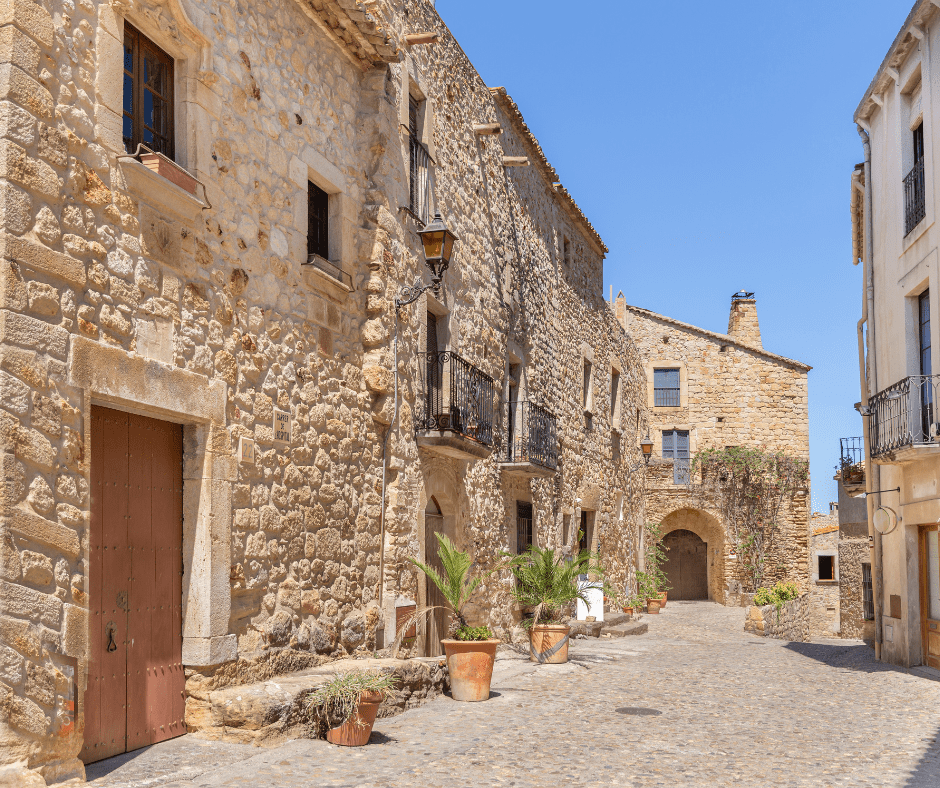
One of the most rewarding aspects of slow travel is the opportunity for cultural immersion. When you take the time to truly experience a place, you can connect with its people, traditions, and way of life in a meaningful way.
By learning the local language, participating in community activities, and understanding cultural practices, slow travelers can gain a deeper appreciation for their destination.
For more ideas on how to immerse yourself in Europe’s rich cultural tapestry, check out our article: Discovering Europe’s Cultural Treasures: 10 Authentic Experiences. Here, we explore unique ways to engage with local cultures, from pasta-making in Rome to traditional dance in Seville.
Embrace the Art of Slow Travel
As the world of travel continues to evolve, the rise of slow travel offers a refreshing alternative to the hurried, checklist-driven tourism that has been the norm.
By embracing slow travel, you can experience Europe like a local, creating lasting memories and fostering genuine connections along the way.
So, the next time you plan a trip, consider taking it slow—you might just discover a whole new way to see the world.

Jack Baumann
President of Guidester
Jack Baumann has lived and traveled throughout Europe for over 15 years, creating Guidester in 2014. Over the years Guidester has developed into a unique travel concierge and tour company helping travelers make the most of their trip to Europe.
The Ultimate Pre-Travel Checklist
Download ‘10 Crucial Things To Do Before Traveling Abroad’ to avoid mistakes and ensure a smooth trip; adapters and electronics, packing tips, foreign currency, phone plans, and more!



